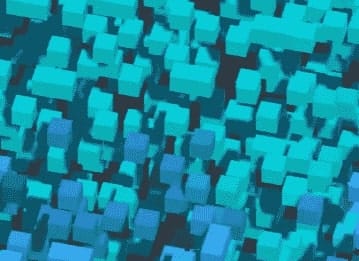There are links on this site that can be defined as affiliate links. This means that I may receive a small commission (at no cost to you) if you purchase something through the links provided on this website.
For details Click here.
Introduction:
The advent of 3D technology has revolutionized various industries, including gaming, architecture, manufacturing, and animation. Understanding the core element that drives the creation of digital 3D objects – voxels – is crucial for aspiring designers and enthusiasts. In this article, we will be Understanding voxel and explore how to effectively use them in 3D design.
Understanding Voxel
Voxels, short for volumetric pixels, represent the smallest unit of a three-dimensional grid. Similar to how pixels form the building blocks of a 2D image, voxels make up the structure of a 3D object. Unlike polygons, which are used in traditional 3D graphics, voxels offer a more natural representation of volumetric data and are often employed in games, medical imaging, and architectural designs.
Understanding Voxel Resolution:
Voxel resolution is a measure of the size and detail of each individual voxel in a 3D object. Higher resolution results in finer details but requires more computational resources. Determining the optimal voxel resolution is crucial to strike the right balance between detail and performance. It largely depends on the specific requirements of your project and the available computing power. Experimentation and iteration are key to finding the ideal voxel resolution.
Creating Voxel Art:
Voxel art is a popular form of 3D design, showcasing creative expression through individual voxel placement. To create voxel art, specialized software such as MagicaVoxel, Qubicle, or VoxelShop can be employed. These tools provide an intuitive interface that simplifies the process of manipulating individual voxels. It allows artists to sculpt and paint virtual objects with ease. With a wide array of color options, shading techniques, and texturing capabilities, these tools offer countless creative possibilities.
Conclusion:
Understanding how to effectively use voxels in 3D design can pave the way to limitless creativity and innovation in various fields. With the ability to represent intricate details, simulate realistic physics, and foster unique artistic expression, voxels have become a powerful tool in the hands of designers and enthusiasts alike. By grasping the concept of voxels, experimenting with different software, and honing your skills, you can unlock new dimensions of visual storytelling and bring your digital creations to life.
